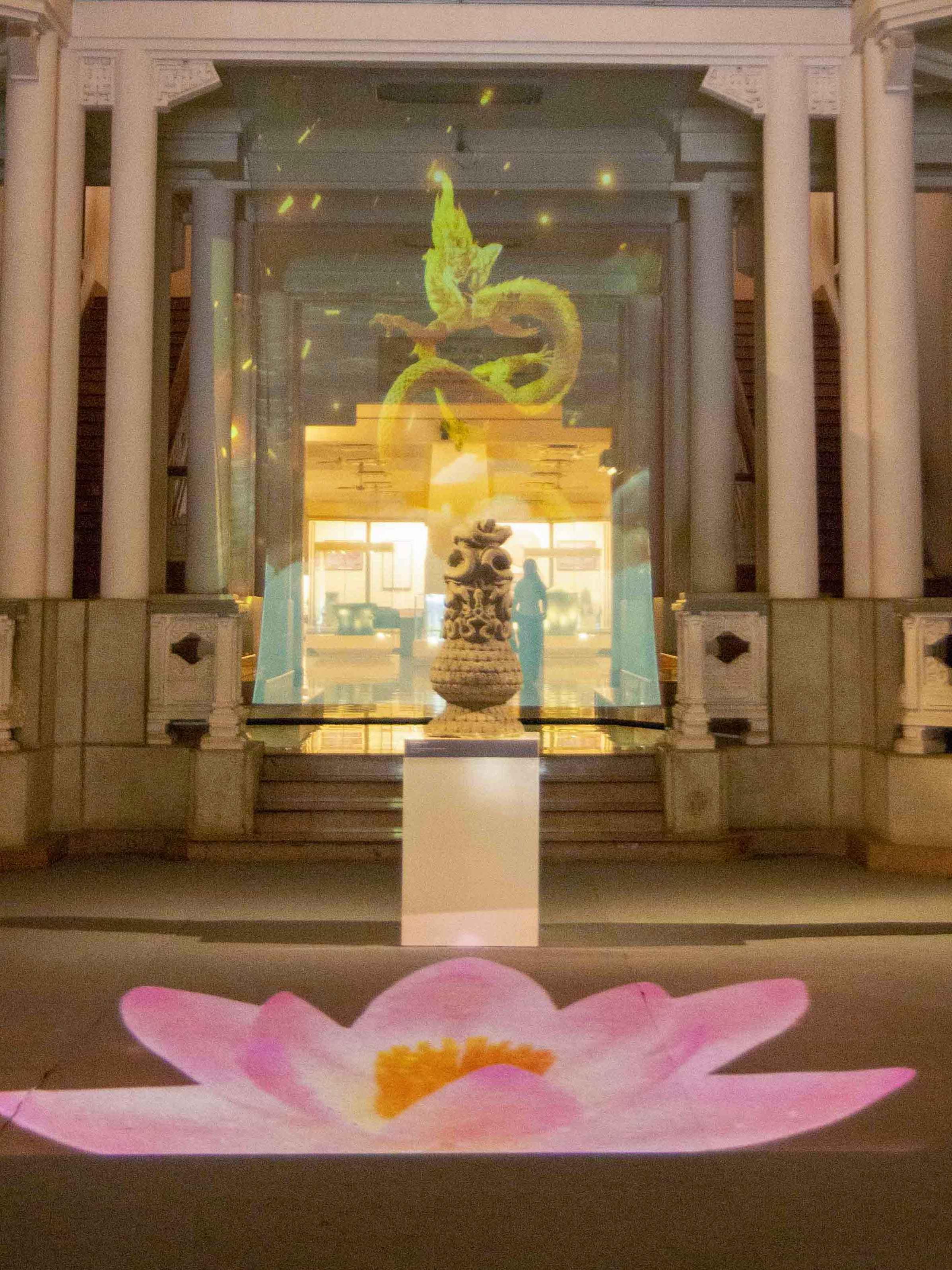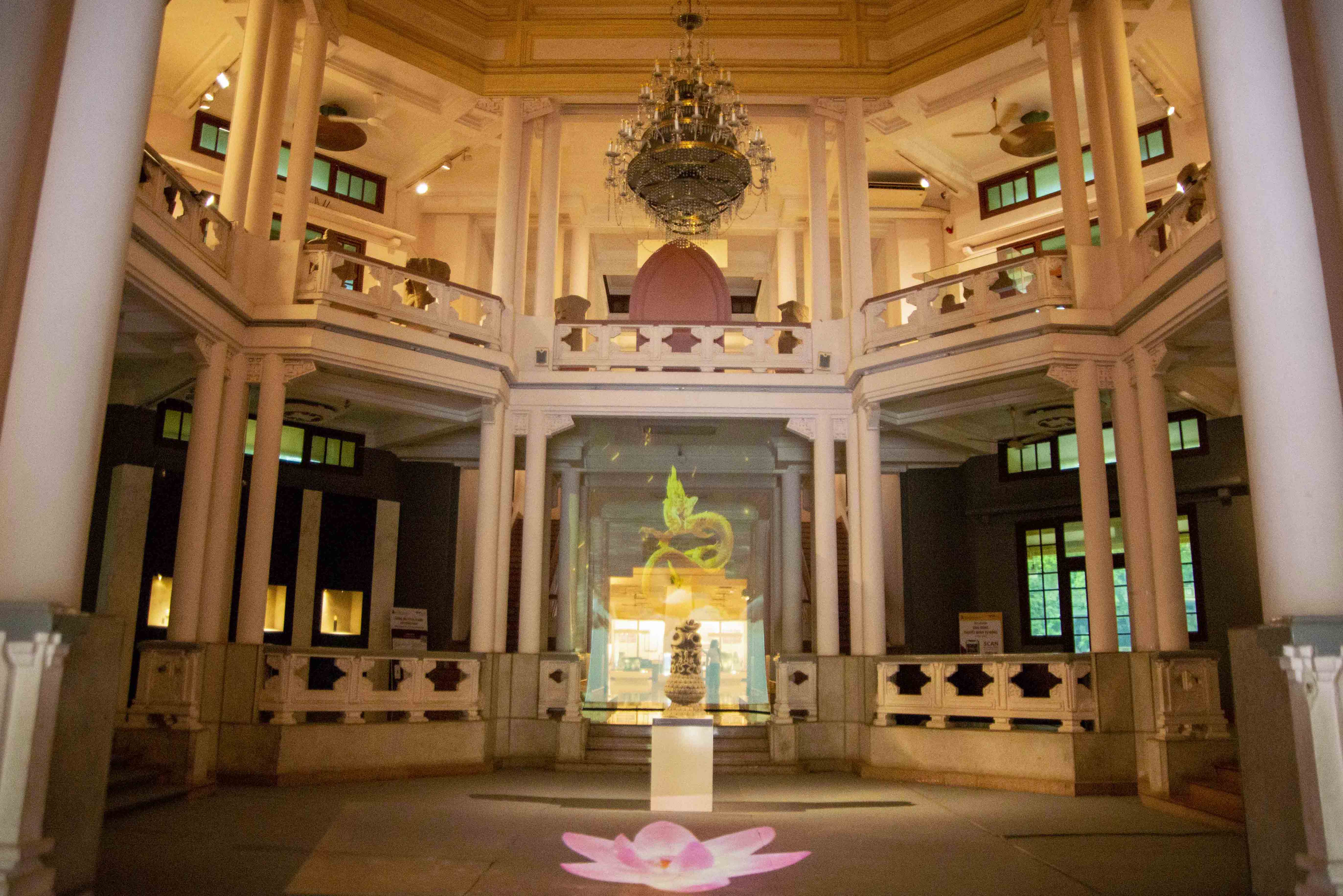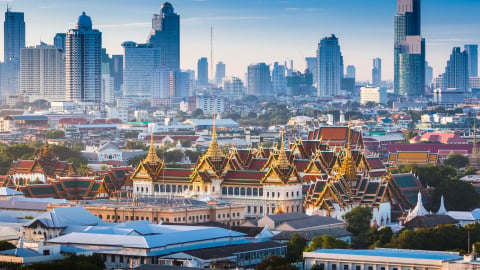The title “Dance of Zen” is not a mere poetic metaphor. It reflects the main spirit of the exhibition: to convey Zen not only through symbols or texts, but also through movement, through choreography, by letting stone statues “speak” and ancient objects “act”. Buddhist dances that were once performed in ancient rituals are now presented to the viewer through reconstructed images, dynamic projections – where “stillness is movement, visible is invisible”.
The event was organized by the Museum in collaboration with the Asian Civilization Research Institute and CMYK Vietnam Co., Ltd., on the occasion of the 135th anniversary of President Ho Chi Minh's birthday, International Museum Day and Vietnam Science & Technology Day. This is an opportunity for the public to enter a world of pinnacle Buddhist art of Dai Viet in the 11th-13th centuries - the golden age of the Ly Dynasty through the lens of modern technology.

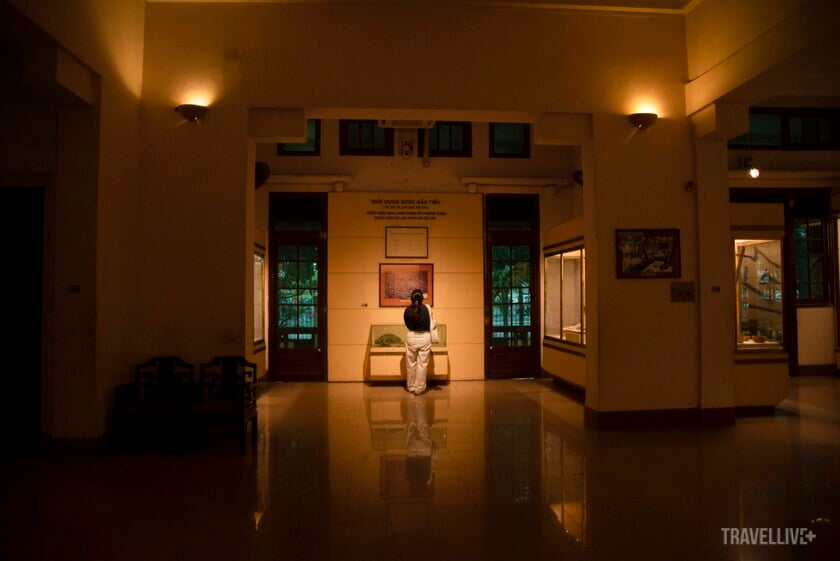
Exhibition of Zen Dance at the Vietnam National Museum
This is also the way the organizing team wants to bring Zen Buddhism - a Buddhist sect that is difficult to grasp in words - closer to the modern public. Not through dry scriptures, but through visual experiences - where light, sound and shape combine, touching the emotions deep inside the viewer.
Buddhist art of the Ly Dynasty (1009-1225) is considered the pinnacle of Dai Viet fine arts. Not only does it carry the profound spirit of Zen Buddhism - the Buddhism revered by the Ly kings, the art of this period is also a harmony between religion and folk culture, between the royal court and indigenous life. From pagoda architecture, Buddha statue sculptures, to dharma instruments, musical instruments, decorative ceramics... all reflect a period that is deeply spiritual but still very worldly, a world of "stillness yet movement" in the true spirit of Zen.
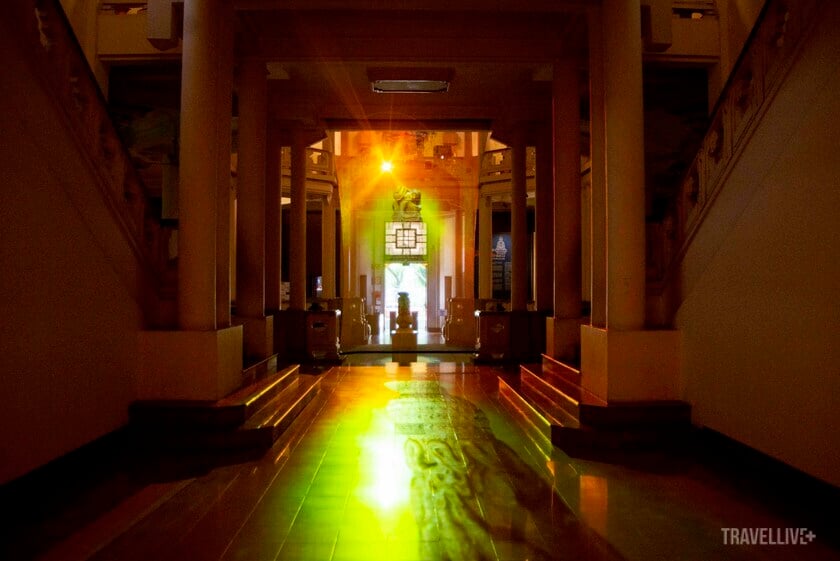
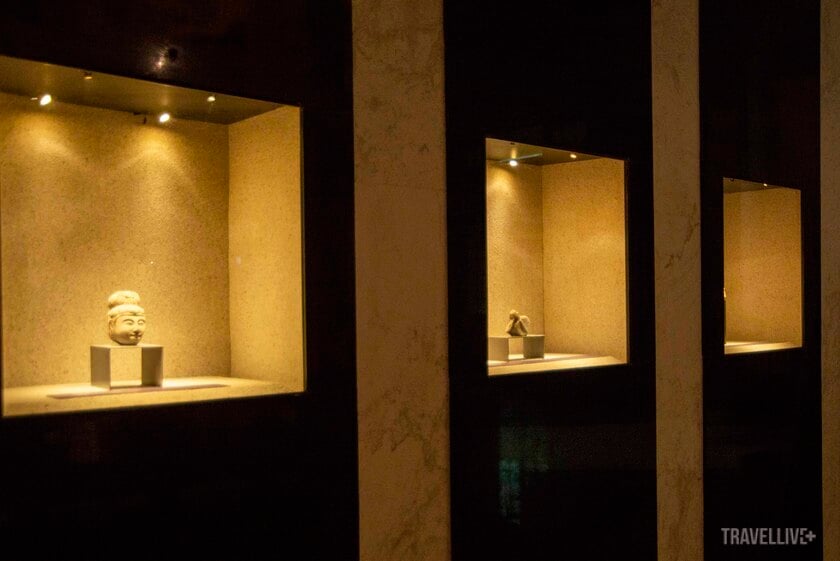
Creativity, blending digital technology and heritage
“With typical artifacts, selected from the Ly Dynasty Buddhist heritage currently preserved at the National History Museum, containing the most unique values of Ly Dynasty Buddhist art, with interpretations and presentations using 3D mapping, hologram, digital revival techniques...
Through the use of digital technology, the exhibition aims to contribute to the restoration, regeneration and revival of extremely valuable cultural heritages, hoping to bring visitors new, deeper and more attractive experiences" - Dr. Nguyen Van Doan shared.
The Ly Dynasty laid the foundation for a Buddhism with Vietnamese identity. It was not only the assimilation of ideas from China or India, but also the “Vietnamization” in artistic expression shown through the serene smiles of Buddha statues, the graceful features of dancers on the communal house roofs, or the soft lines of dragons, unicorns, and phoenixes in ceramic decoration.
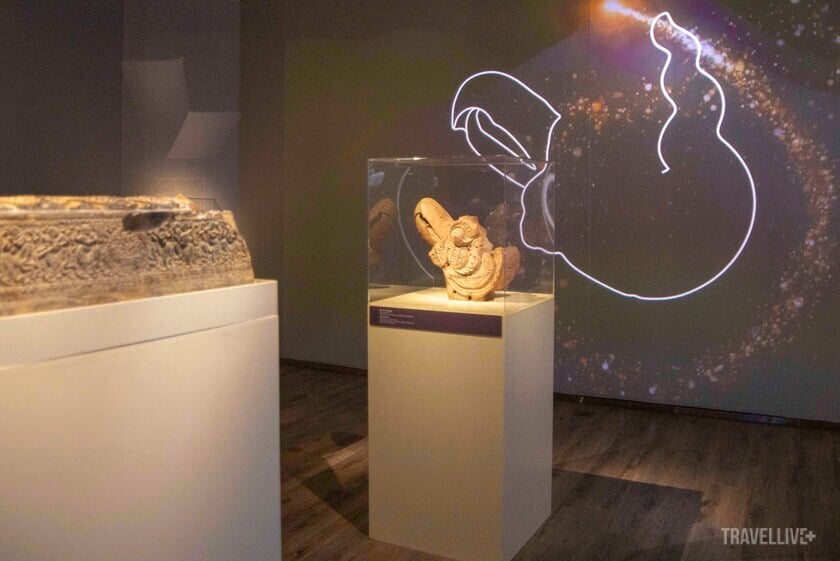
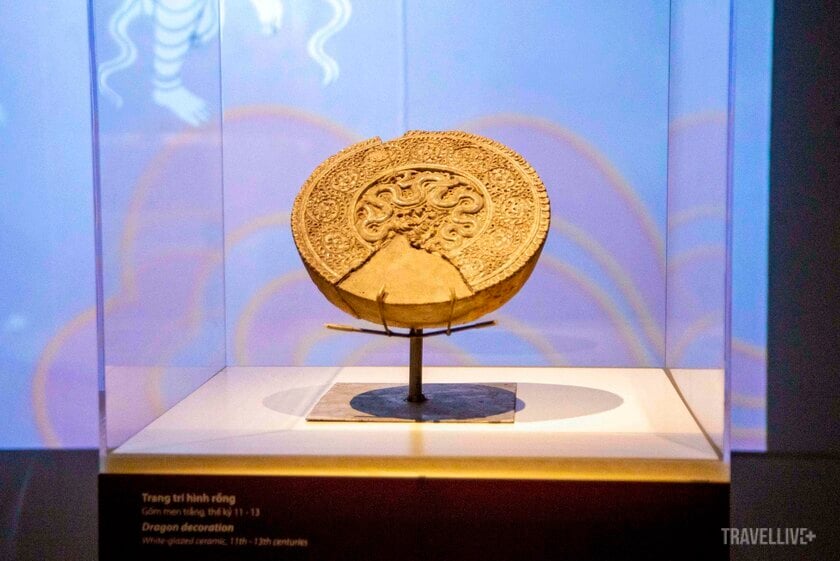
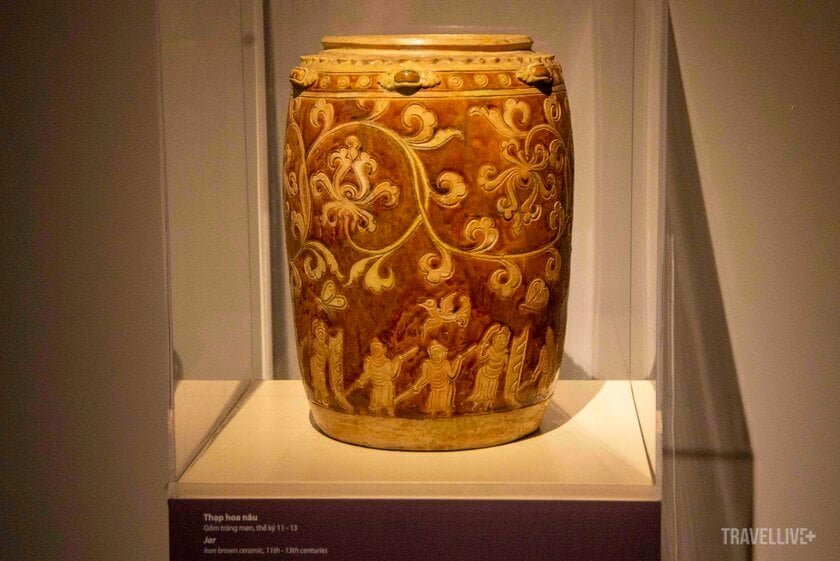

Buddhist Art of the Ly Dynasty - The Convergence of Zen and Indigenous Culture
With a limited number of only 14 representative artifacts carefully selected from the Ly Dynasty Buddhist heritage currently preserved at the National History Museum, this thematic exhibition is not simply an introduction of antiquities, but also a comprehensive art space, where the audience is led deep into the spirit and aesthetics of the Ly Dynasty. Through four main fields: architecture, sculpture, ceramics, and music and dance - the exhibition opens up a multi-dimensional picture of Buddhist art during this prosperous period.
The art of pagoda architecture is vividly introduced through the images of stone pillars carved with winding dragons, soft lotus-carved pedestals, and graceful curved roof structures - typical and characteristic elements of Buddhist architecture of the Ly Dynasty. The seemingly simple details are imbued with philosophy and aesthetics, showing the harmony between religious spirit and the unique aesthetic thinking of the ancients.

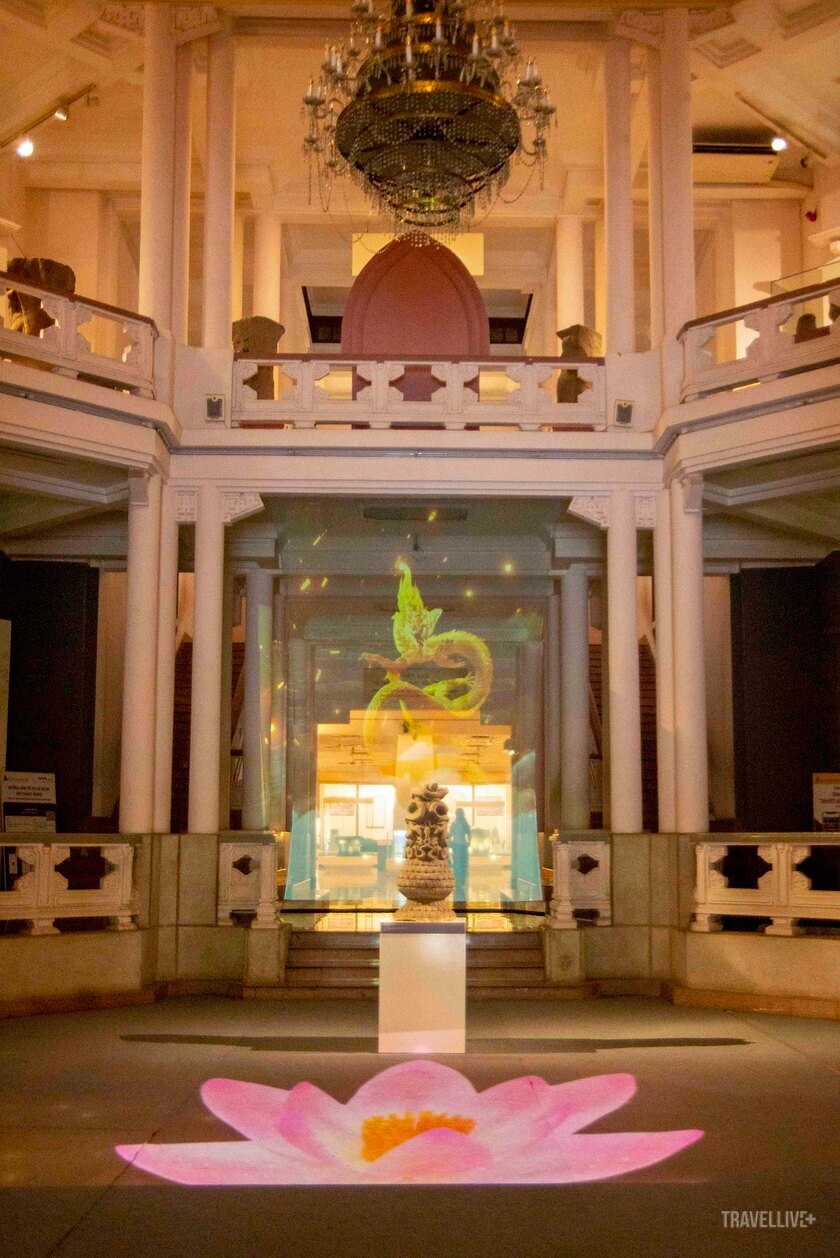
The artifacts have been "revived"
The art of ceramics in the Ly Dynasty was an indispensable field, with the presence of ivory-white glaze, brown glaze, brown flower, and jade-glazed ceramic lines being the typical techniques of this period. Decorative forms such as intaglio, embossed, molded... with patterns of lotus, chrysanthemum, phoenix, dragon, dancer, not only enriched the visual value but also conveyed the cultural imprint and Buddhist ideology into each piece of everyday objects.
The art of music and dance, with a contemporary touch, is presented through multimedia projections, leading viewers to the space of “Zen dance”. Here, ancient dances are restored and reinterpreted in a creative way, as a dialogue between the past and the present, between traditional art and contemporary technology, evoking a meditative, aesthetic and deeply interactive experience.
What is special is that these artifacts do not just “lie quietly” in glass cabinets. Thanks to the application of modern digital technology such as 3D mapping, hologram, digital revival, gauze projection, the artifacts have been “revived”, telling old stories in a new, vivid, intuitive and emotional way.

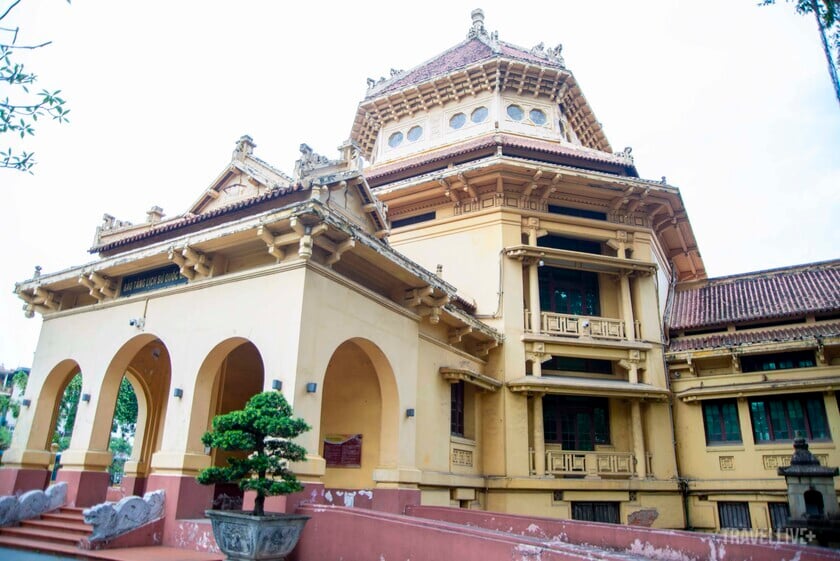
Meditation in Motion - Still but Dynamic Statue
The biggest innovation of this exhibition is the application of digital technology as a means of transmitting heritage, not replacing or “modernizing” heritage. Instead of leaving artifacts lying quietly behind protective glass, now each statue, each piece of pottery, each ancient dance can speak up, telling its own story through moving images, sound, and interactive light.
The technology here does not take away the cultural depth, but on the contrary, it opens up a new approach for modern generations - those who may have little understanding of Ly Dynasty Buddhism, but will be captivated by the light shining on the Buddha statue, the sound blending with the dance, or the blurry movement of the 3D image on the silk background. A visual experience full of emotions, making the viewer not only "see", but also "feel".
“Dance of Zen Mon” is a reminder that cultural heritage, no matter how ancient, can be revived, retold, and renewed if we know how to connect tradition and modernity, material and technology, history and emotion. The combination of Ly Dynasty Buddhism - an artistic and spiritual quintessence - with contemporary digital technology has opened a new chapter for the way Vietnamese people preserve and spread their cultural identity.
The exhibition is held at the National Museum of History until the end of July.





